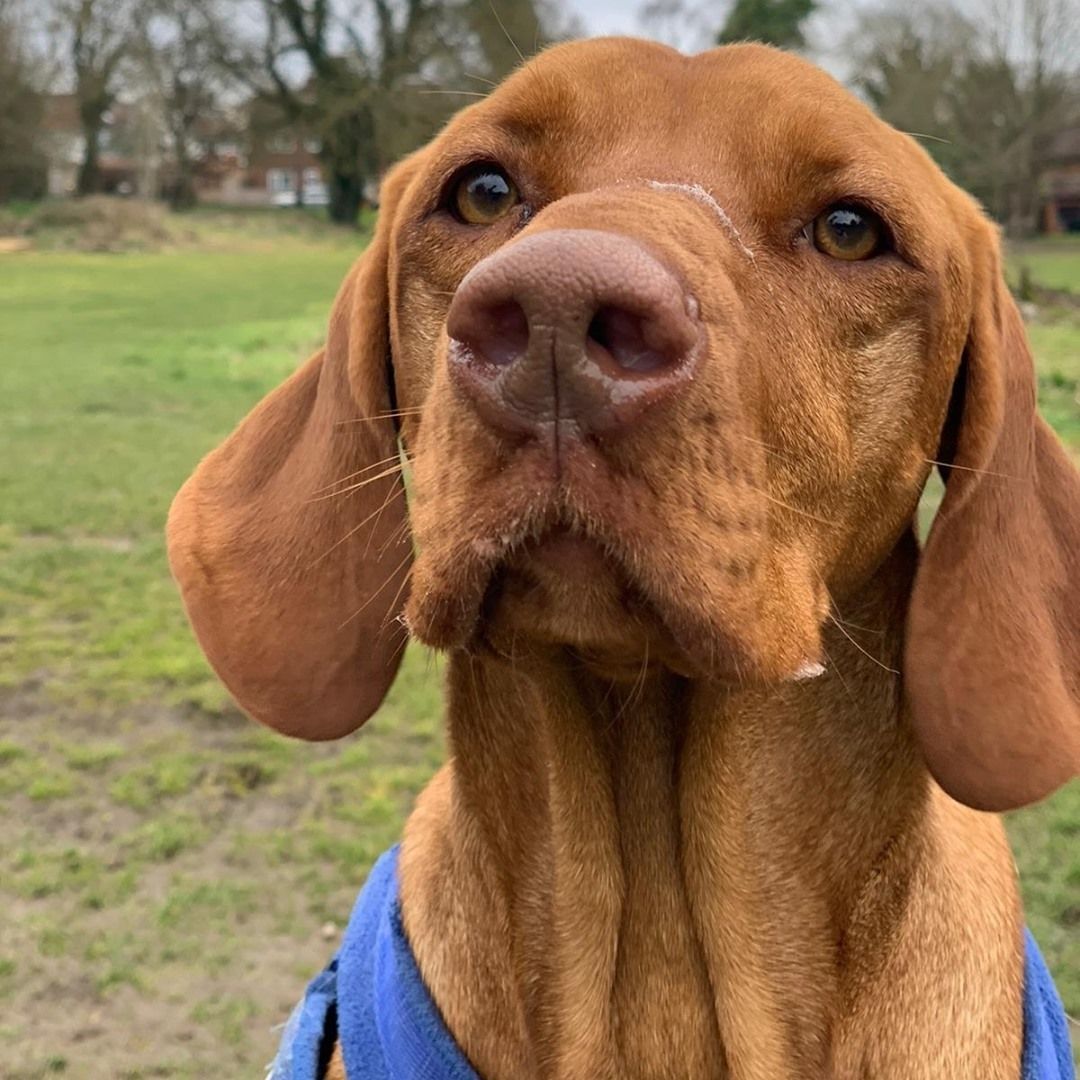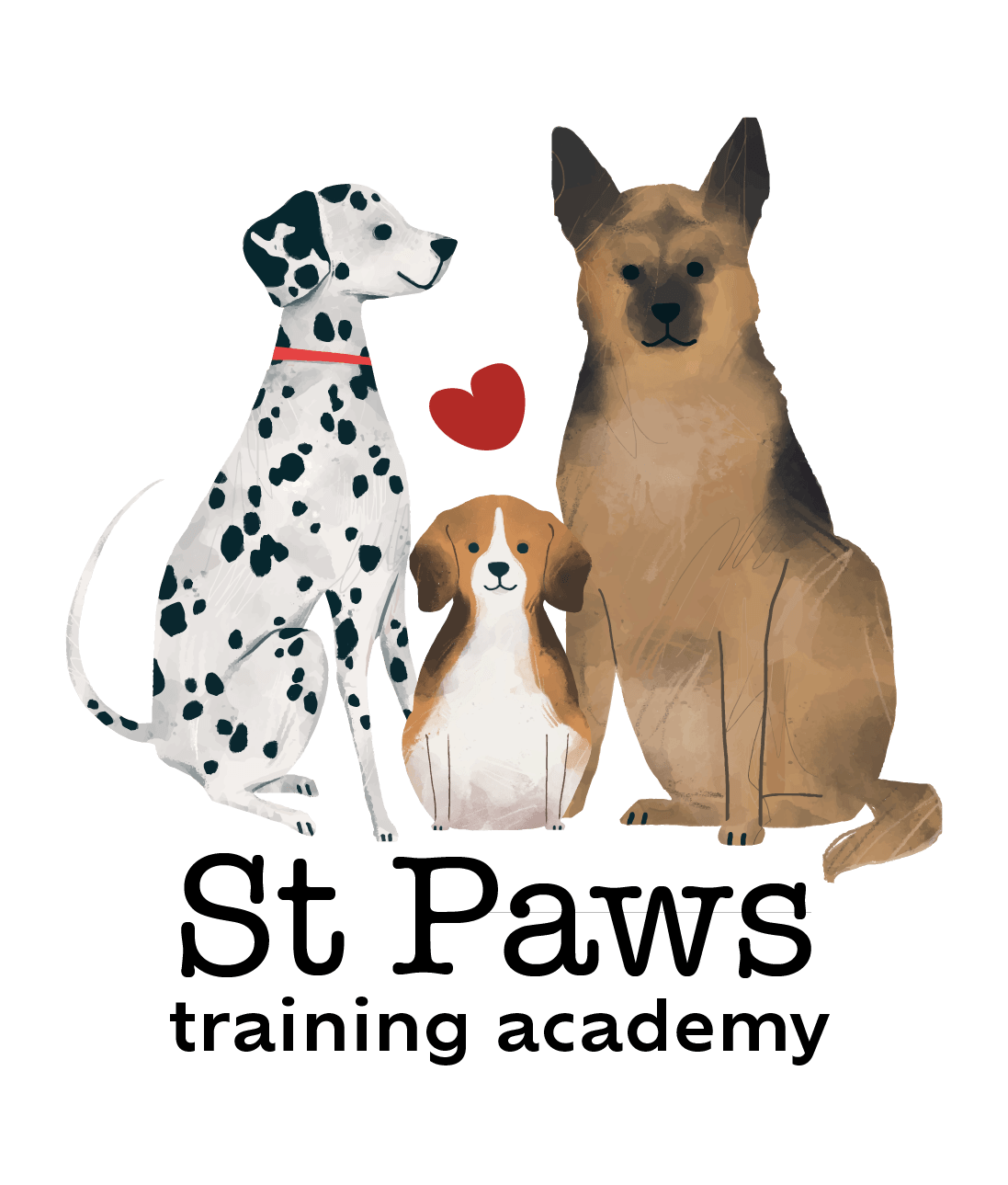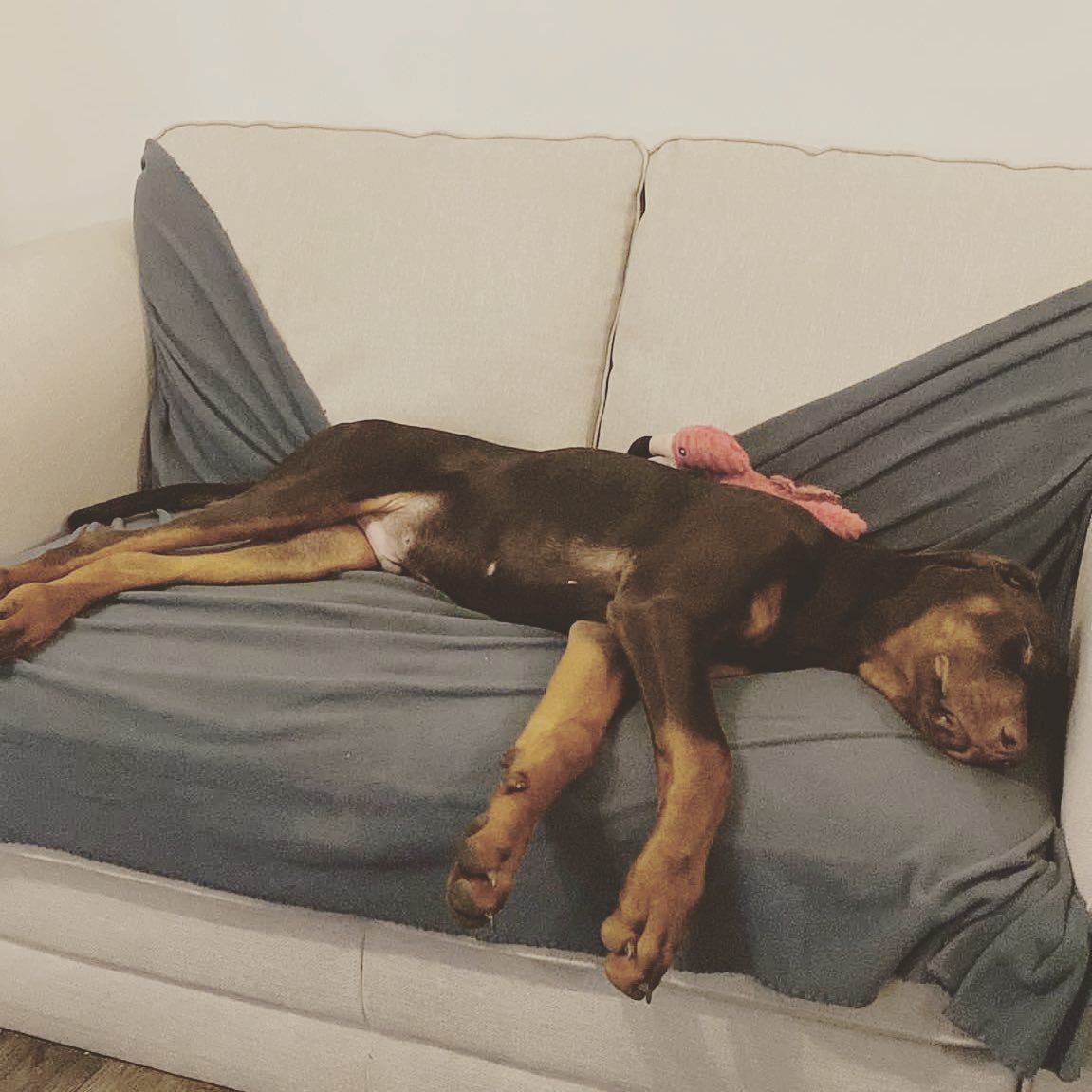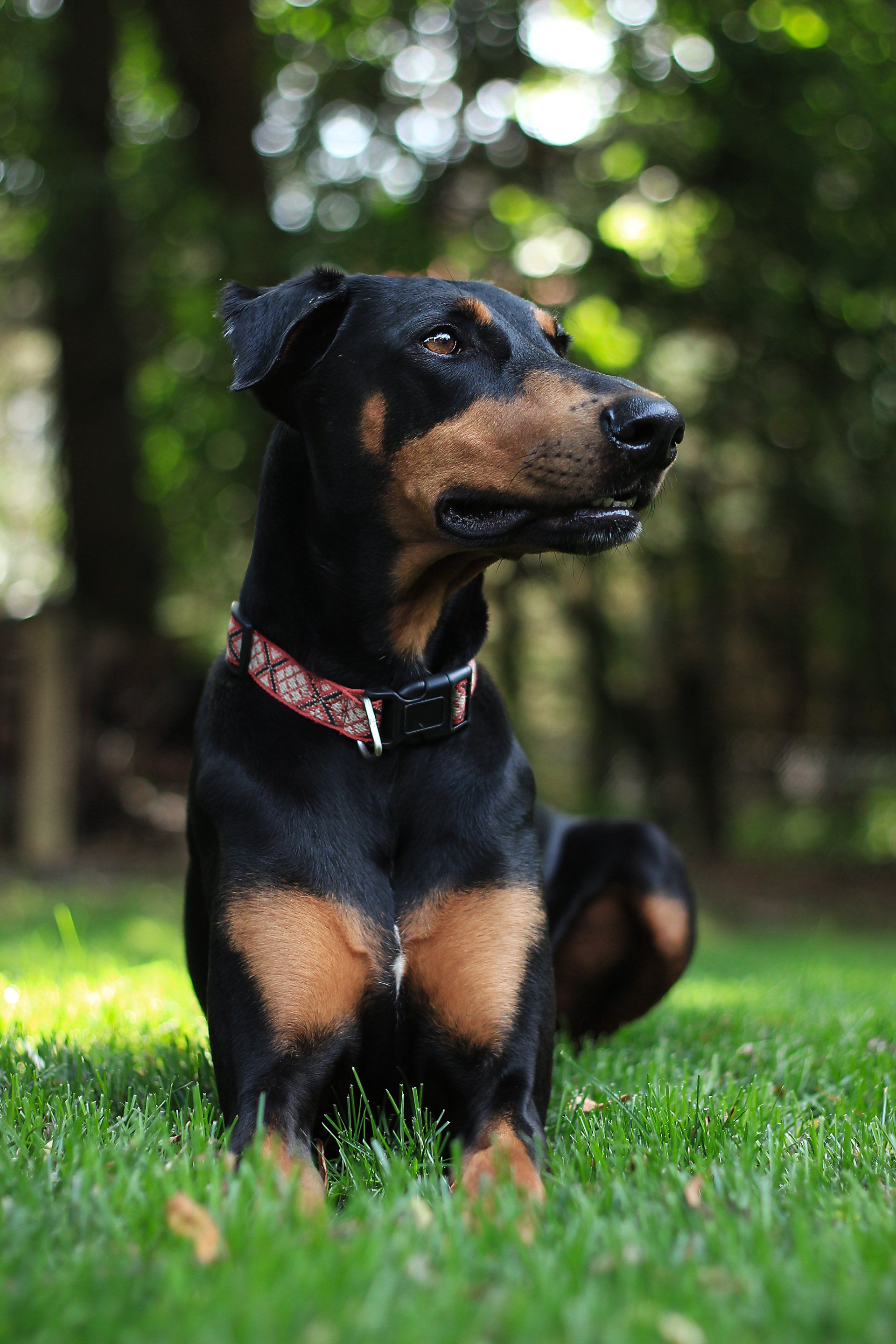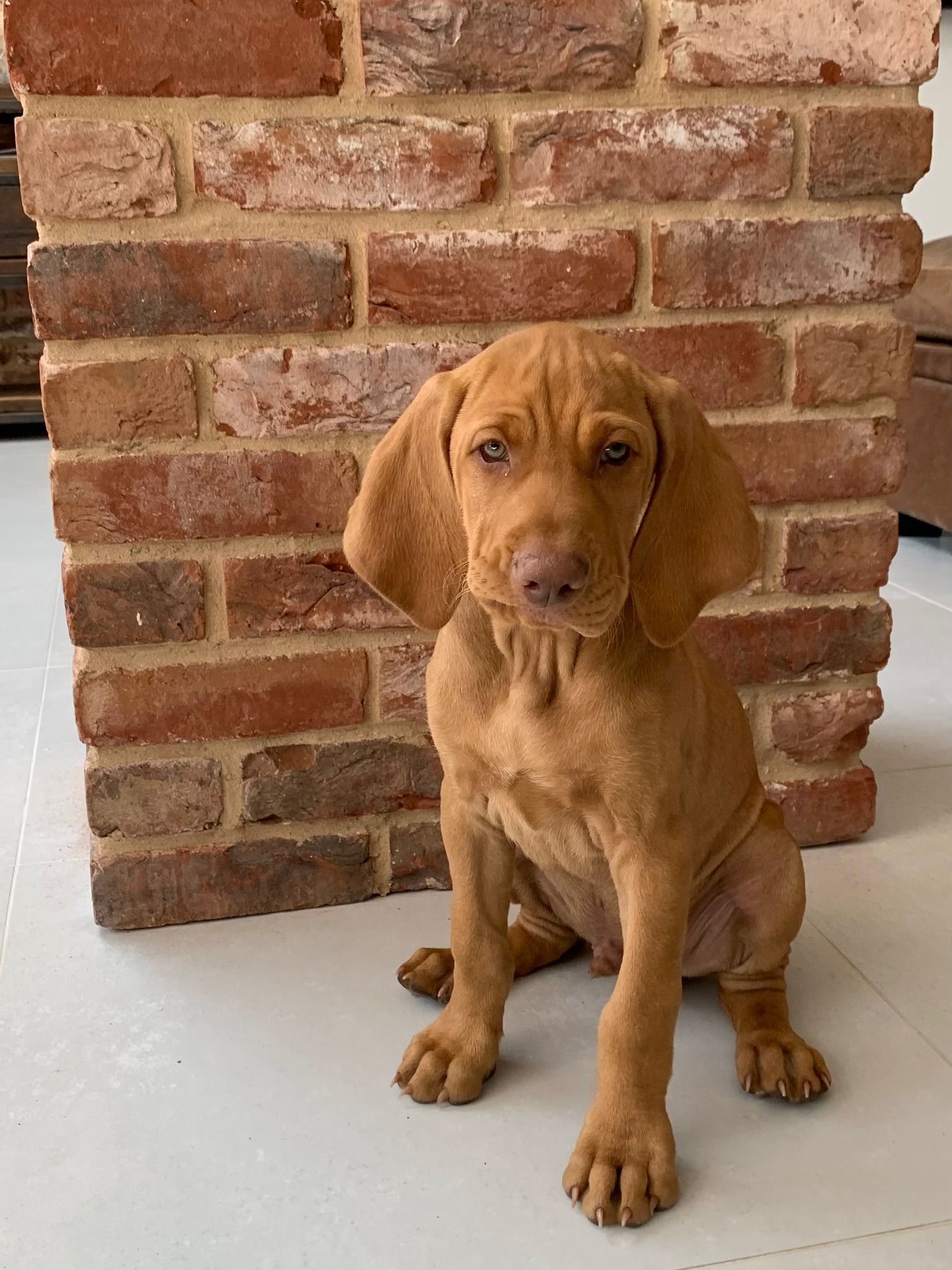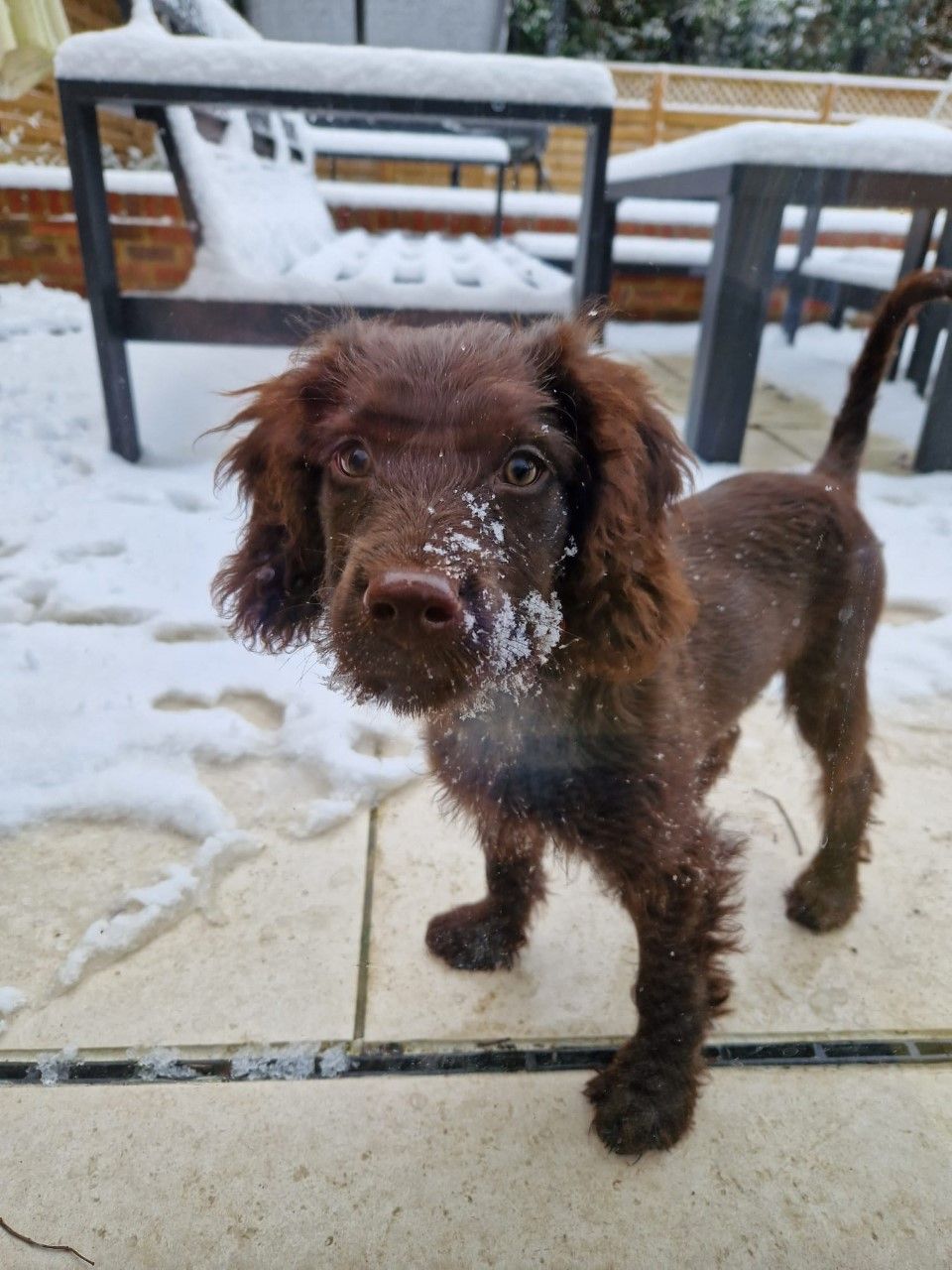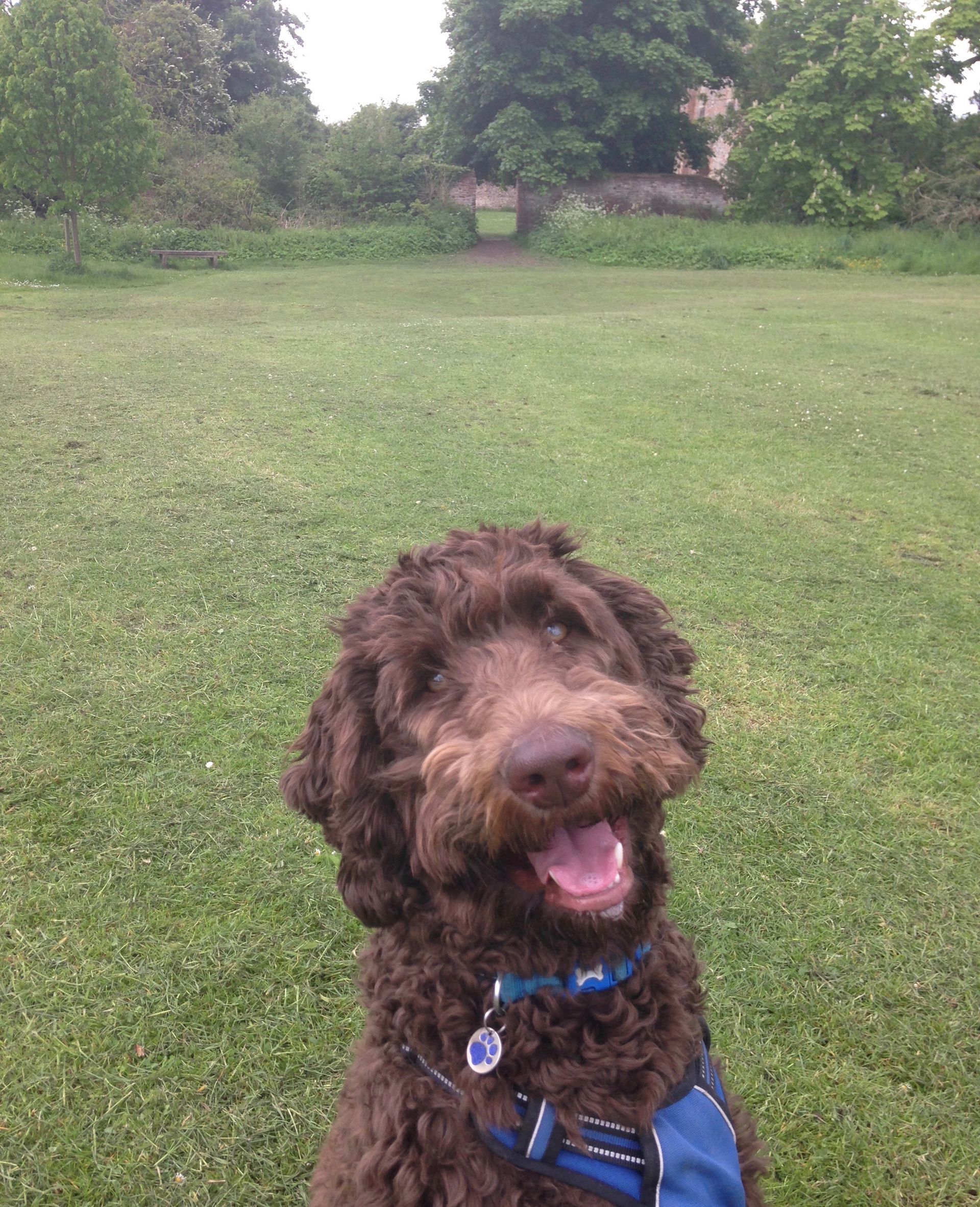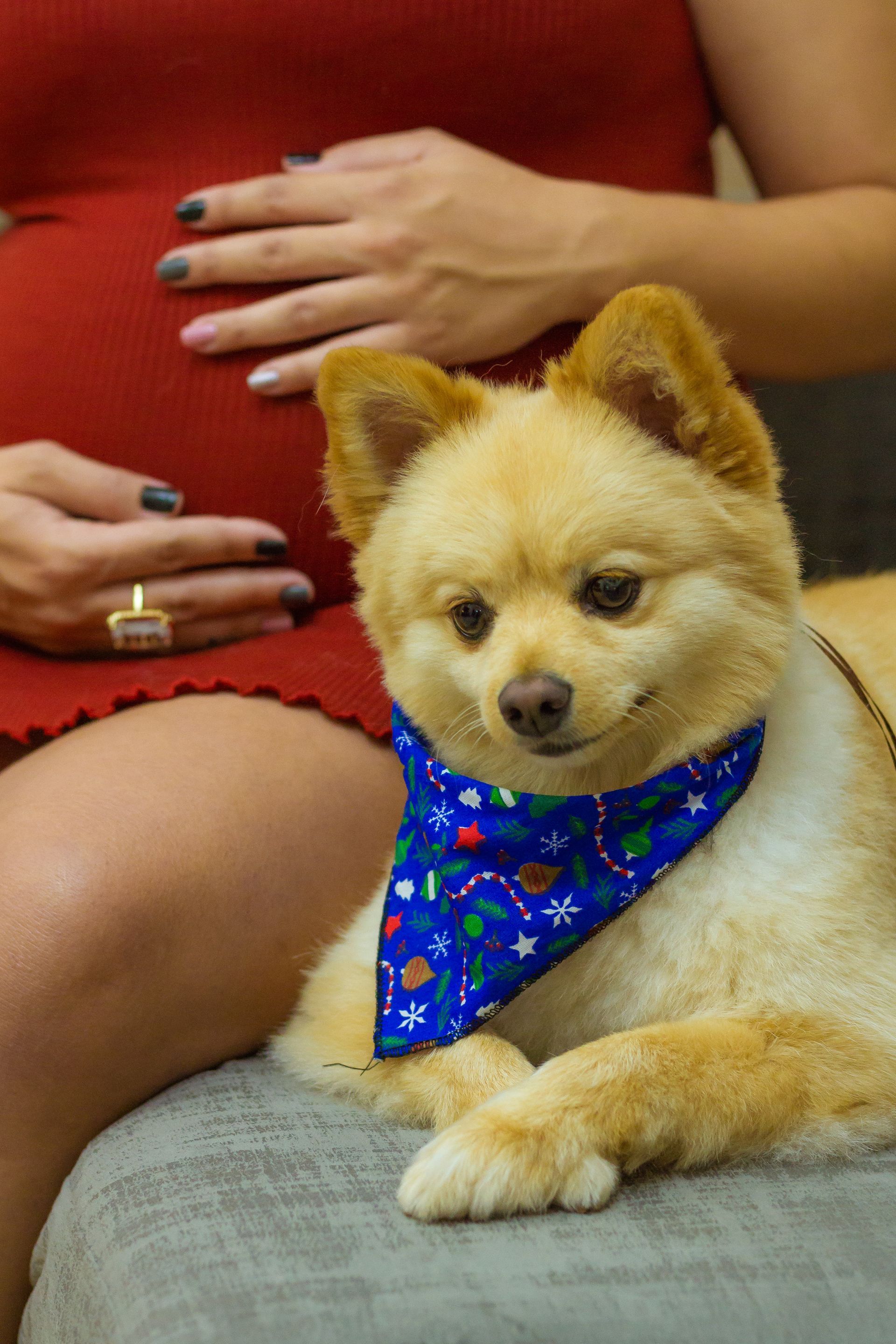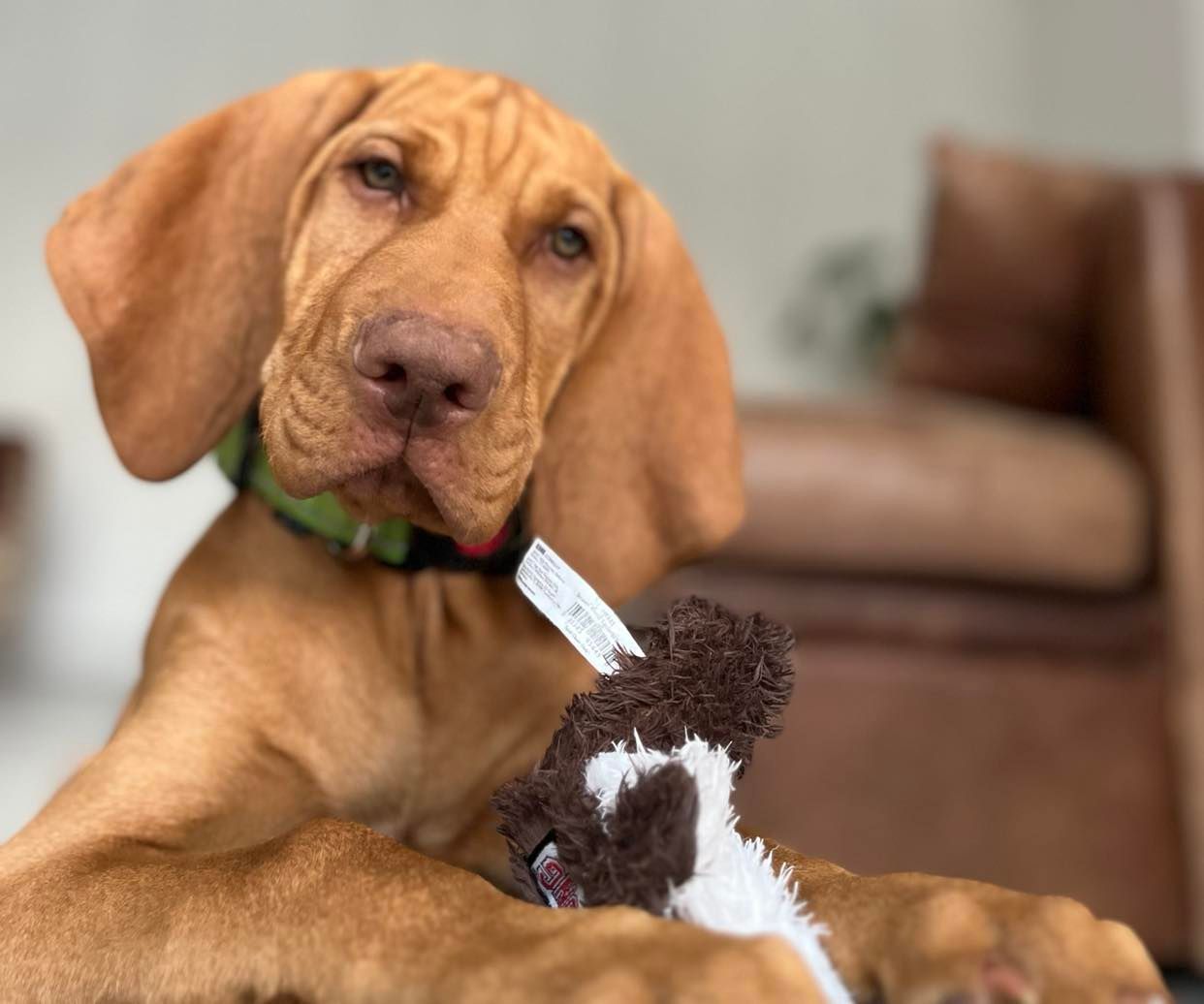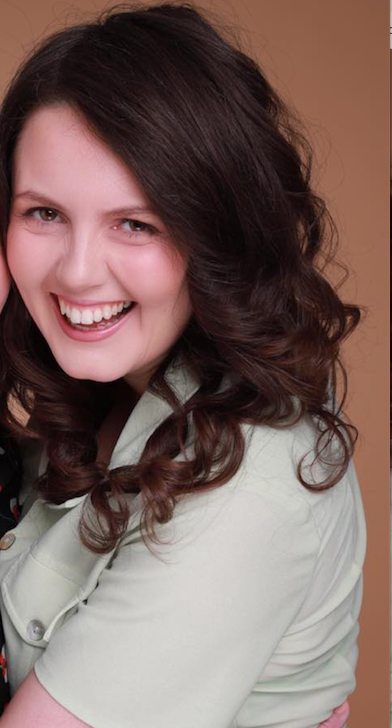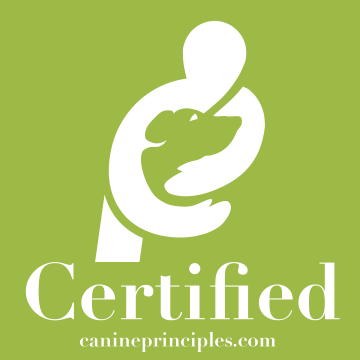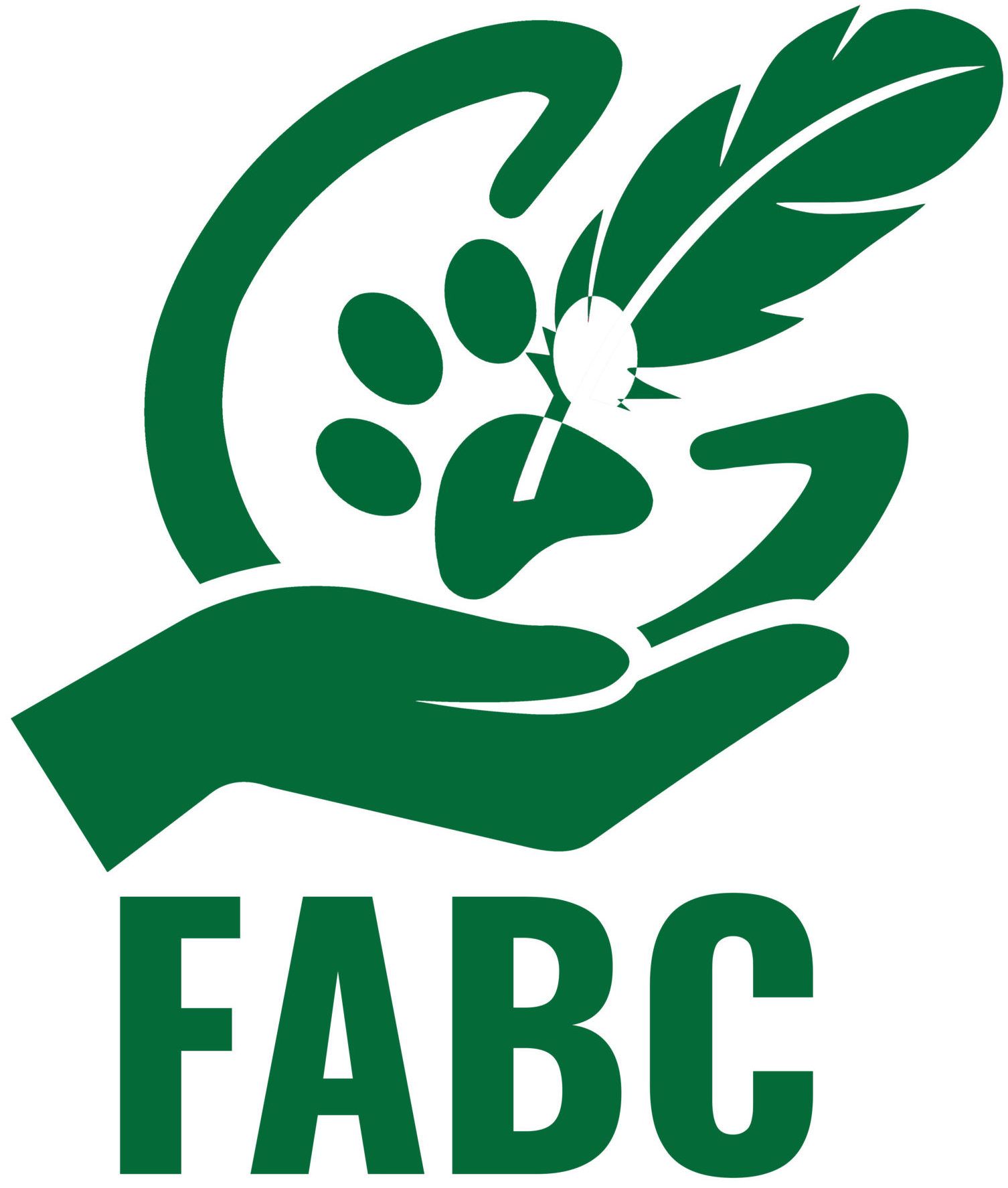Important first aid advice that every dog owner should read
Dogs are family members
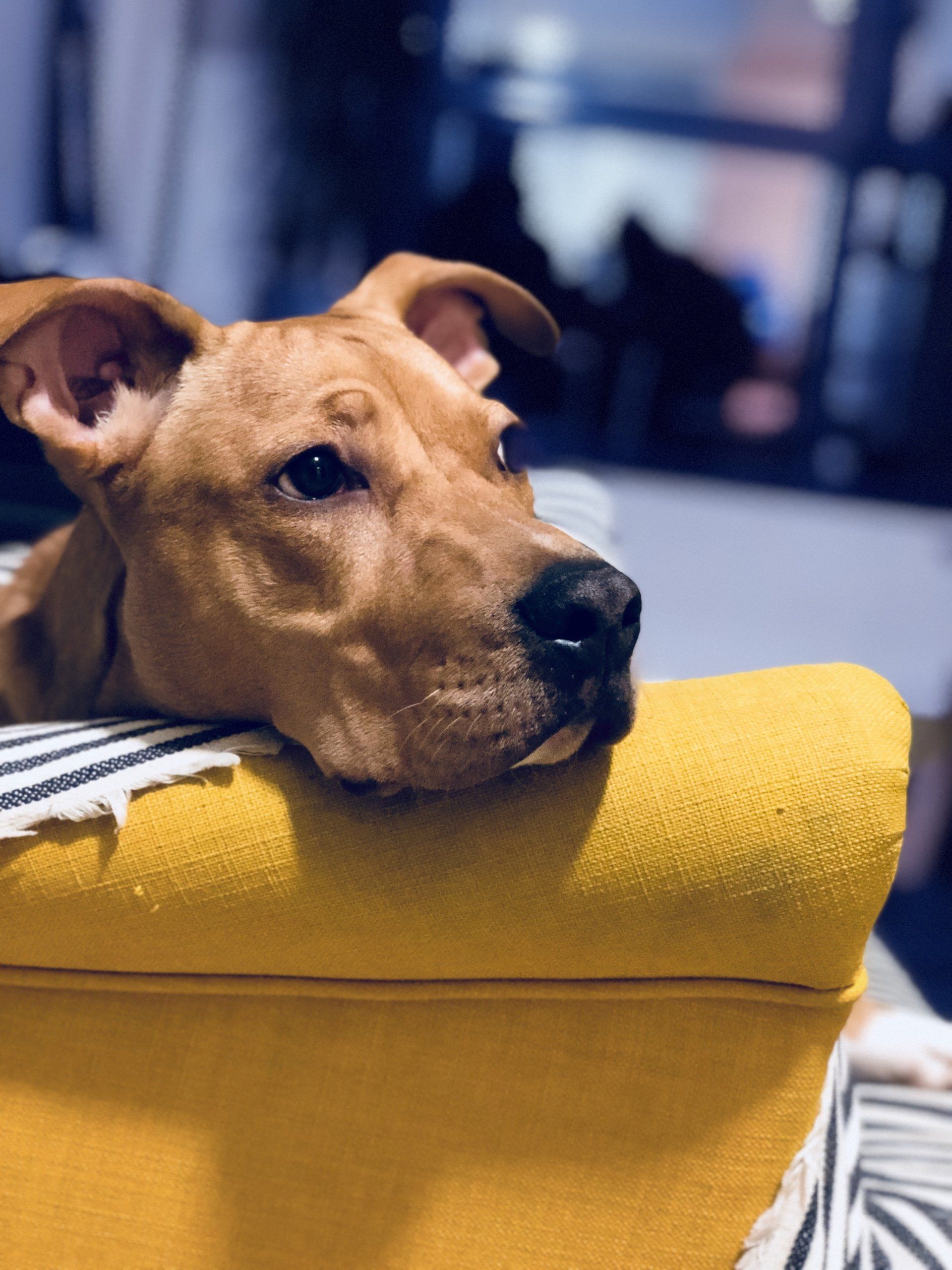
The objectives of first aid are:
- To preserve life.
- To promote recovery.
- To alleviate pain and suffering.
- To prevent a situation from getting worse.
What should be in your first aid kit?
A muzzle – a dog should ideally be habituated to one from a young age.
Bandages – an assortment.
Scissors
Plastic bags
Gloves
Antiseptic cream
Foil blanket
Syringe
Adhesive tape
KY Jelly
Thermometer
Your dogs vital signs
Body temperature
Hyperthermia relates to a raised temperature.
This can look like
- Panting
- Increase in drinking behaviour
- Higher pulse rate
- Laying flat out
Hypothermia relates to a low body temperature.
This can look like:
- Shivering
- Cold paws
- Curling up
- Lethargy (looking tired)
Pulse
The pulse is imperative as it can give guidance on how the heart is working.
The heart pumps blood through the vessels.
Where will I find my dogs pulse?
You can locate your dogs pulse around their leg. It is on their back leg, above the knee and around the middle of the dogs thigh.
How to take your dogs pulse
Have your timer ready on your phone or your watch.
Know what your dog’s resting rate is. It is normally between 70 – 160 beats per minute.
Use your two fingers to measure it.
Respiration rate
It is usually between 10 – 30 per minute.
Again, it should not be measured after exercise if you’re measuring the normal rate.
Consider your dogs breathing too. Is it shallow or irregular? These are important points to advise the vet on.
What toys should I use with my dog?
Ensure balls have an air hole incase your dog ever got them stuck in their mouth and airway.
Vets
As always, it’s imperative to get your dogs to the vet as quickly as possible. Call them for advice and let them know you're on your way so they can prepare.
24 Hour vets in St Albans include the Village Vet, Smallford: 01727 852667

